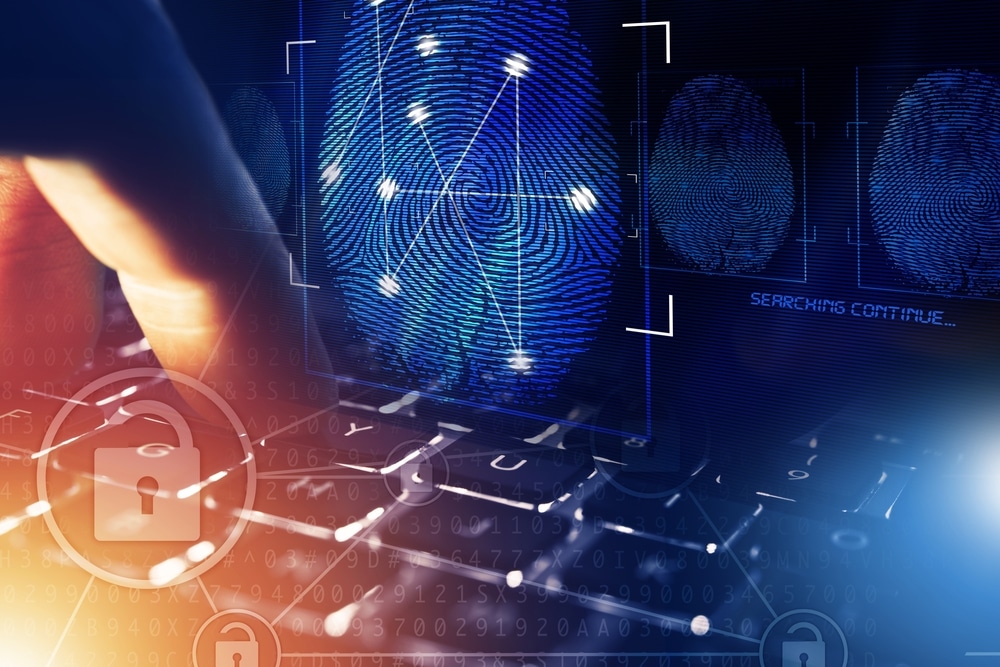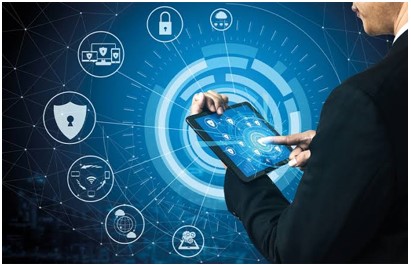Digital Forensics - Tools and Technologies

Digital forensics is the collection and examination of data from a computer or other device that can be used to demonstrate a cyber-attack. The ultimate goal is to find malware in the device's software, which is easily accomplished when experts examine device endpoints for the entry and exit of dangerous files or data.
In addition, digital forensics is dedicated to finding, obtaining, processing, analyzing, and documenting electronically stored material. Nearly all illegal acts involve the use of electronic evidence, making digital forensics support essential for law enforcement investigations. A wide range of devices, including laptops, smartphones, remote storage, unmanned aerial systems, shipborne equipment, and more, can be used to gather electronic evidence.
Objectives of Digital Forensics
Data extraction from electronic evidence, conversion into usable intelligence, and presentation of the results for prosecution are the major objectives of digital forensics. All procedures make use of reliable forensic tools and methods to guarantee that the information is acceptable in court.
Professionals in the field of forensics frequently work according to a fairly organized approach.
● To ensure that no data is destroyed throughout the inquiry, make a digital copy of the data that is being looked at.
● Verify and validate the newly made digital copy.
● Track the location of the data's origin and destination to make sure it wasn't altered during copying.
● Ensuring that the copied data is suitable for forensic analysis.
● Recover any files that were deleted as a result of the attack and tracing the alterations to the cyber-attacker who caused them.
● Using keywords to swiftly search for information that could help identify the attacker or any nefarious software that may be present on the system.
● Make a technical report outlining all findings and recommendations for how to.
Digital forensics tools can be either hardware or software and are created to assist with the preservation of data or important systems as well as the recovery of digital evidence from cyberattacks.
Types of Digital Forensic Tools

Because cyber security experts rely on technology to conduct their investigations, a huge industry for forensics analysis tools has been formed. Given below is a typical list of the primary categories of digital forensics tools:
● Network Forensic Tools
● Wireless Forensic Tools
● Memory Forensic Tools
● Database Forensic Tools
● Disk Forensic Tools
● Malware Forensic Tools
● Email Forensic Tools
● Mobile Phone Forensic Tools
The integrity of the data is maintained while using these tools to inspect devices. Let’s have a rundown of these common tools;
Tools for file analysis: These programs extract and examine certain files.
Tools for network analysis: These are primarily network monitoring programs that gather data on traffic and payloads.
Database analyzers: To acquire the required data, these tools extract, examine, and query the database.
Tools for the registry: Windows-based computer systems keep track of user activity in so-called registries. These tools collect data from them.
Tools for Data Capture: These techniques are used to capture data, both encrypted and not. They give access to persistent hard disks and make it possible to extract data without affecting the original content.
Email scanners: They search every email message for proof. For analyzing social engineering attacks, these are crucial.
Scanners for mobile devices: These tools examine the internal and portable memories of mobile devices.

No comments yet